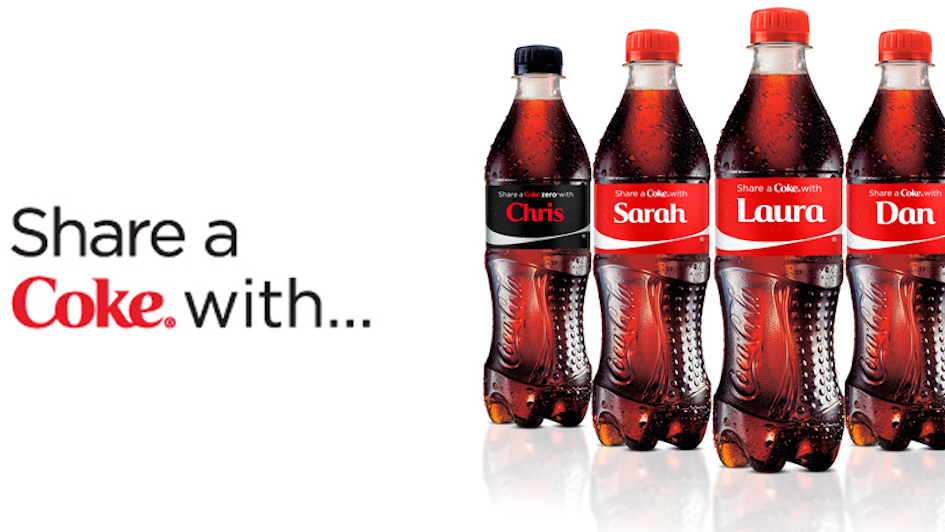media update’s Taylor Goodman outlines what exactly user-generated content is and why you should consider adding it to your social media marketing strategy.
In the world of social media marketing, it is an unfortunate reality that consumers’ trust can be sparse in a market saturated with offensive content, deceptive ploys and pop-up ads
has resulted in 96% of consumers not trusting ads.
As the customer strays away from being impressed by pushy sales tactics, they are becoming more socially conscious and on the search for authenticity in the brands that they support. This has pressed marketers to change up their approach and look for techniques that promote an honest and trustworthy brand.
What is user-generated content (UGC)?
So let’s dive right into it! TINT, a user-generated content platform, defines this social media strategy simply as ‘
any content that has been created, published and / or submitted by users of a brand.’ UGC can come in the form of social media posts, images, videos or customer reviews.
The best way to illustrate the efficiency of UGC is by using the example of Coke’s ‘
Share a Coke’ campaign. The brand ran a campaign where they personalised bottles by printing popular names on the label. These names were region-specific

The campaign inspired a
frenzy of consumers posting pictures on social media of themselves enjoying a Coke with a bottle that matches their name … and resulted in
a ton of free advertising for the brand.
The campaign saw consumers taking on the role of an advertiser, which resulted in an increase in engagement and a major boost in brand awareness for Coke. This is not only a shining example of how personalised marketing can boost consumer engagement, but it is also an outstanding example of how effective user-generated content can be.
Why is USG effective?
The efficiency of user-generated content circles back to the importance of consumer trust in marketing.
As stated earlier, consumers are very weary of the advertisers who are using pushy sales tactics;
76% of consumers think that ads are ‘very exaggerated.’ This has forced marketers to look for alternative methods for reaching their audiences.
UGC gives customers the social proof they need to feel justified in making a purchase. This means that hearing other consumers sing praises about a brand, in a public space like social media, can inspire faith that the brand is trustworthy and produces high-quality goods or services.
This is because hearing about positive experiences from a fellow consumer means more than it does coming from a marketer, whose job it is to sell.
Aside from the social proof aspect, the use of user-generated content is effective because it puts the customer first.
By using UGC as a part of your social media marketing strategy, you are proving to your audience that your brand works towards creating a positive customer experience for all, and that you are willing to put their money where your mouth is.
However, this is not where the benefits end! UGC can help a brand to:
- build a community: UGC has a special way of bridging the gap between brands and consumers and creating a community. As users share branded content, they create a chain reaction that may influence others to make the same purchase and post about it. Eventually, this forms a community of brand ambassadors.
- have a higher ROI: ComScore has reported that brand engagements increase by 28% when professional marketing techniques (like social media marketing) are combined with user-generated content.
- save money: Since the users are creating content by their own accord, usually because they want to share their experience or win incentives (giveaways), they are unpaid and the brand is getting exposure for free.
As a consumer, what inspires you to share branded content? Be sure to let us know in the comments section below.
Well, you’ve made it this far. Why not sign up for our newsletter while you’re here?
*Image courtesy of Vecteezy